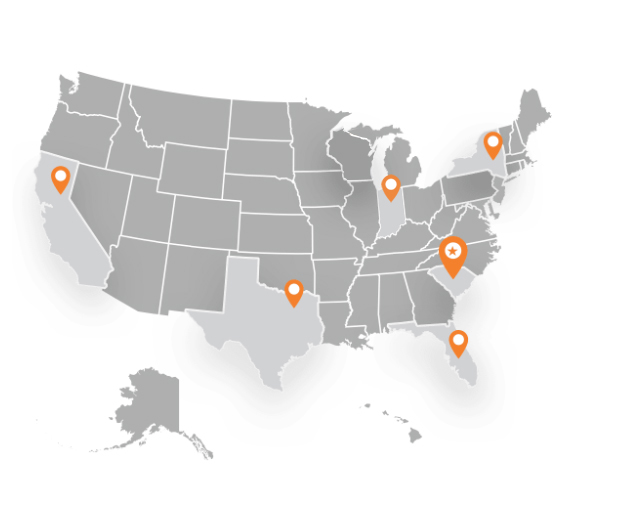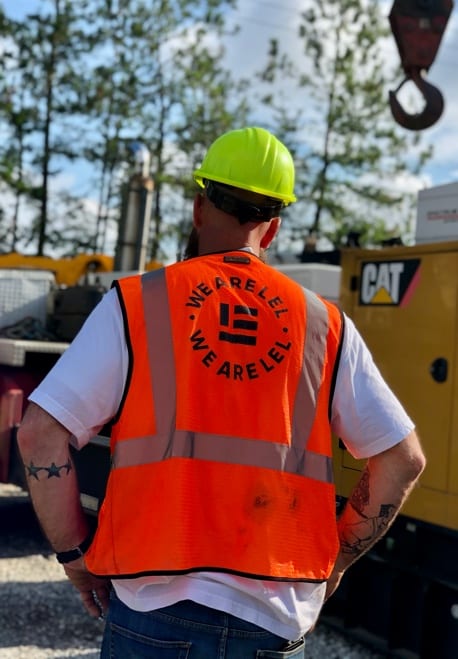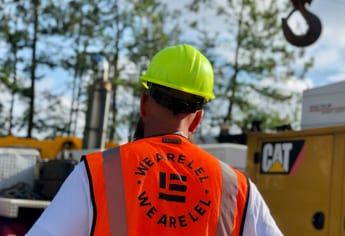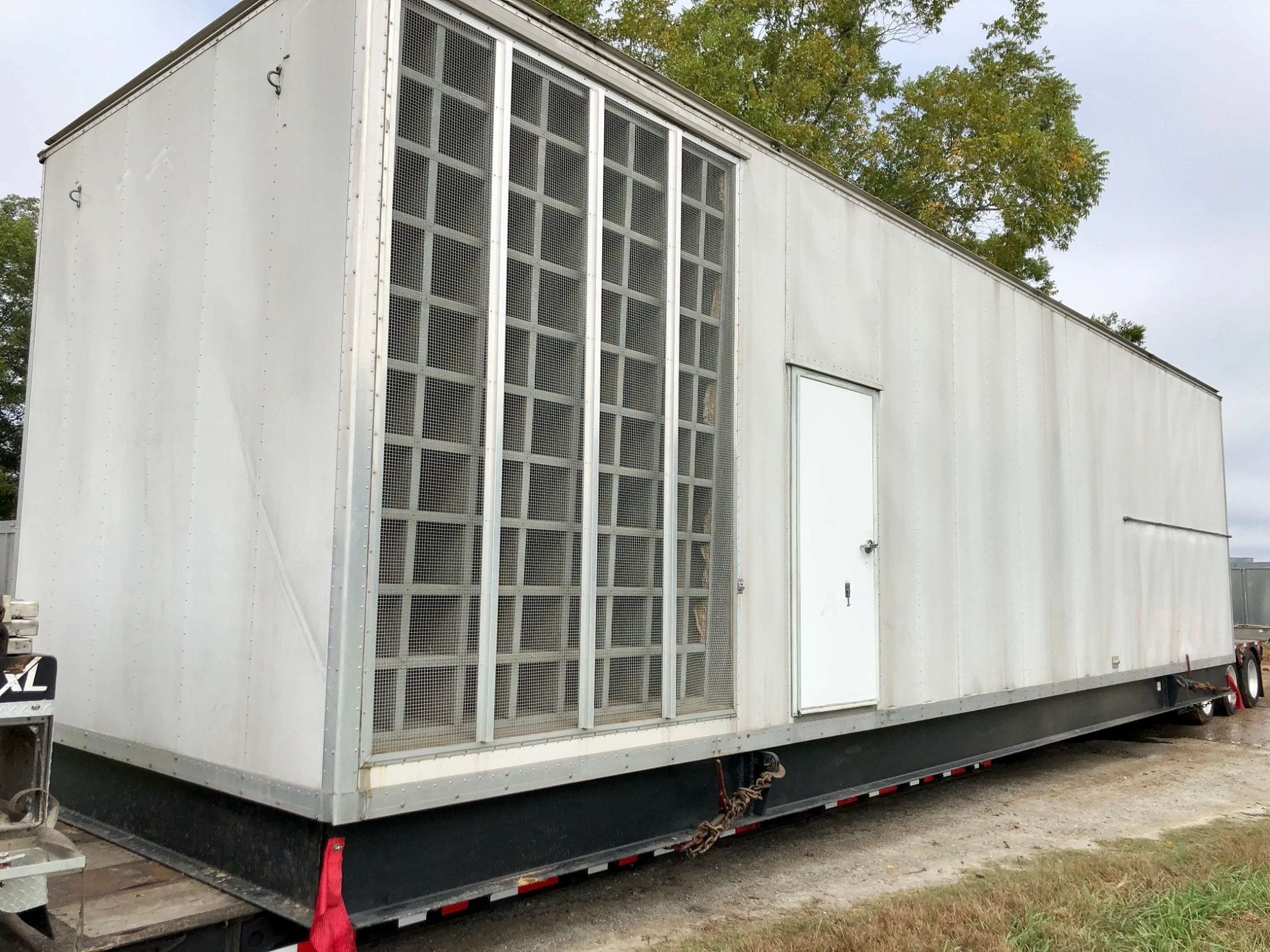Case Studies
$250,000 Saved. Used Power Generation Solutions
LEL Critical was entrusted with providing generator power solutions to a long time client in the steel industry with a national footprint. This client was needing 1750 kW worth of standby power for part of their manufacturing process. The role this generator was needed for couldn’t be stressed enough, for 1-2 hours of down time would result in the client losing a minimum of $1,000,000+ in revenue. Due to COVID, the client was not able to view the generator in person, so LEL Critical performed a 12 hour load bank test with remote viewing for the client.
Explore Case Studies






 Embracing the challenge
Embracing the challenge
 Leaving it better
Leaving it better



